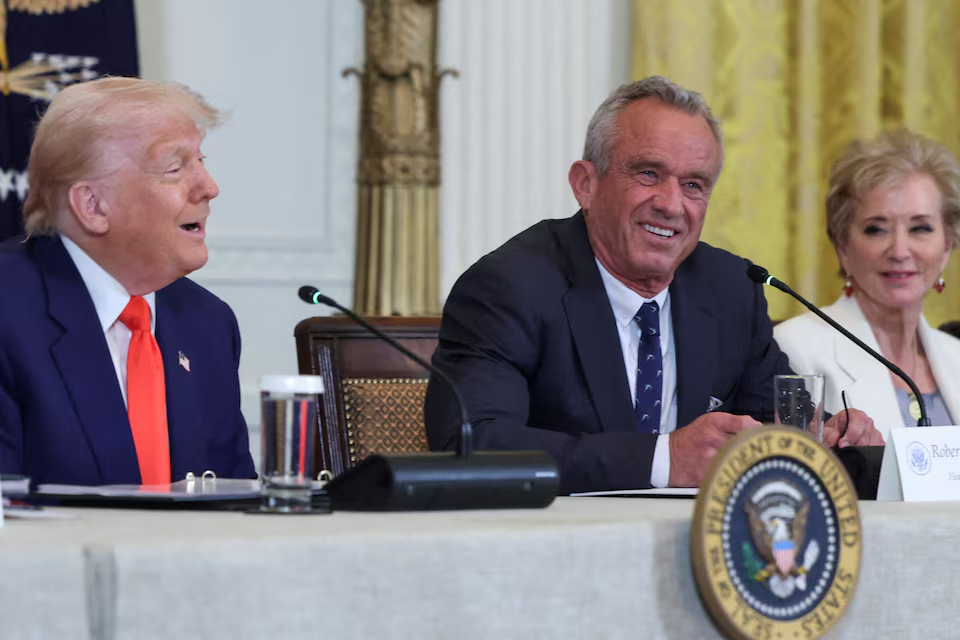U.S. Business Growth Slows as Tariffs and Oil Prices Fuel Inflation Concerns
- Jun 23
- 2 min read
23 June 2025

In June 2025 the U.S. business landscape continued to expand, but at a noticeably slower pace as rising input costs and global volatility began to weigh heavily on firms. The S&P Global composite Purchasing Managers’ Index dipped to 52.8 in June from 53.0 in May, signaling modest growth. Manufacturing remained consistent at 52.0 while services softened marginally to 53.1. Although these readings still indicate expansion, they reflect a cooling in momentum after several months of faster output.
A central driver of cost pressures remains U.S. tariffs on imported goods nearly two-thirds of manufacturers cited higher input costs and over half directly linked price increases to tariffs. Input price inflation soared to its highest level since July 2022, prompting firms to raise selling prices to maintain margins. Yet with inventories now depleting, businesses are shifting costs onto customers just as sensitive to pocketbook pressures.
Adding to inflation concerns, geopolitically fueled oil price increases have further strained cost structures. Middle East tensions particularly recent U.S. strikes on Iranian sites initially pushed crude above $78 before easing. Nevertheless, traders and manufacturers are on alert for renewed supply-side shocks that could quickly amplify inflation.
Despite the cost challenges, labor markets remained firm, supported by rising manufacturing demand that appeared resilient. The Federal Reserve has maintained benchmark rates in a range of 4.25-4.50%, citing caution as it evaluates growing inflationary signals. Vice Chair Michelle Bowman signaled openness to a July rate cut if inflation moderates, but stressed that tariffs and energy price dynamics require a measured approach.
Economists now forecast inflation may accelerate in the second half of 2025, particularly as firms exhaust pre-tariff stockpiles and forward cost pressure begins to show in consumer prices. The Fed faces a difficult balancing act: lowering rates could support growth, yet a premature move risks entrenching inflation expectations amid mounting global trade and energy uncertainty.
Markets have demonstrated resilience, with Wall Street and Treasury yields stable amid geopolitical jitters. The oil market has thankfully remained well-supplied, tempering a worst-case inflation scenario . However, looming uncertainties such as tariff deadlines, Congressional fiscal policy, and Middle East escalation remain key variables shaping future trajectory .
For corporate strategists, this juncture calls for proactive planning. Firms dependent on imported materials must reassess cost models, hedging strategies, and pricing frameworks. Energy-intensive sectors should ready contingency plans for oil-price shocks. Meanwhile, businesses across the board should stay alert to shifts in monetary policy alongside evolving geopolitical developments.
In sum, the U.S. economy is in a cautious phase of expansion growing but under pressure. Tariff-induced inputs, rising oil costs, and fragile global dynamics are colliding with economic fundamentals. The months ahead will test whether inflation can be contained without stifling growth and whether business planning can weather the volatile mix of trade policy and Middle East tensions for sustained expansion.



Comments